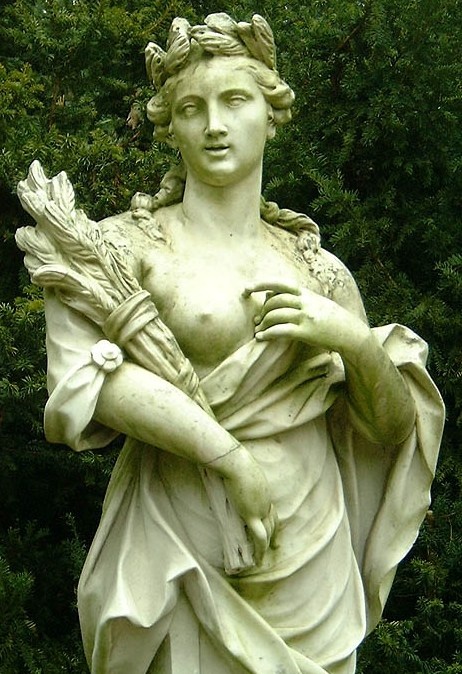Ceres
Ceres was the Roman goddess of agriculture, specifically grains, fertility and motherhood. Several important planting and harvest festivals were dedicated to her, and she was invoked during marriage ceremonies to ensure fecundity. Like most of the Roman gods, Ceres’ story was “borrowed” from the Greeks, the equivalent of their goddess Demeter. For a detailed account of this tale, see the entry for asteroid Demeter. Her name is the root of our word “cereal.”
The asteroid Ceres was the first of its kind to be discovered, in 1801, and is the largest. Classified first as a planet, Ceres was demoted to an asteroid in the mid-1800s, after so many other similar bodies had been discovered in the same region. In 2006, Ceres was reclassified as a “dwarf planet”, and is the largest such body in the solar system, within the orbit of Neptune.
Astrologically, Ceres represents nurturance, the ways we take care of ourselves and others; agriculture and grains; motherhood and the mother-child relationship; and food generally.


One Trackback
[…] 1) Amanda Painter: Food for Body and Soul 2) Alex Miller: Ceres 3) Amable: (1) Ceres 4) Martha Lang-Wescott: Basic Resources 5) TAKE Astrology: Asteroids in […]